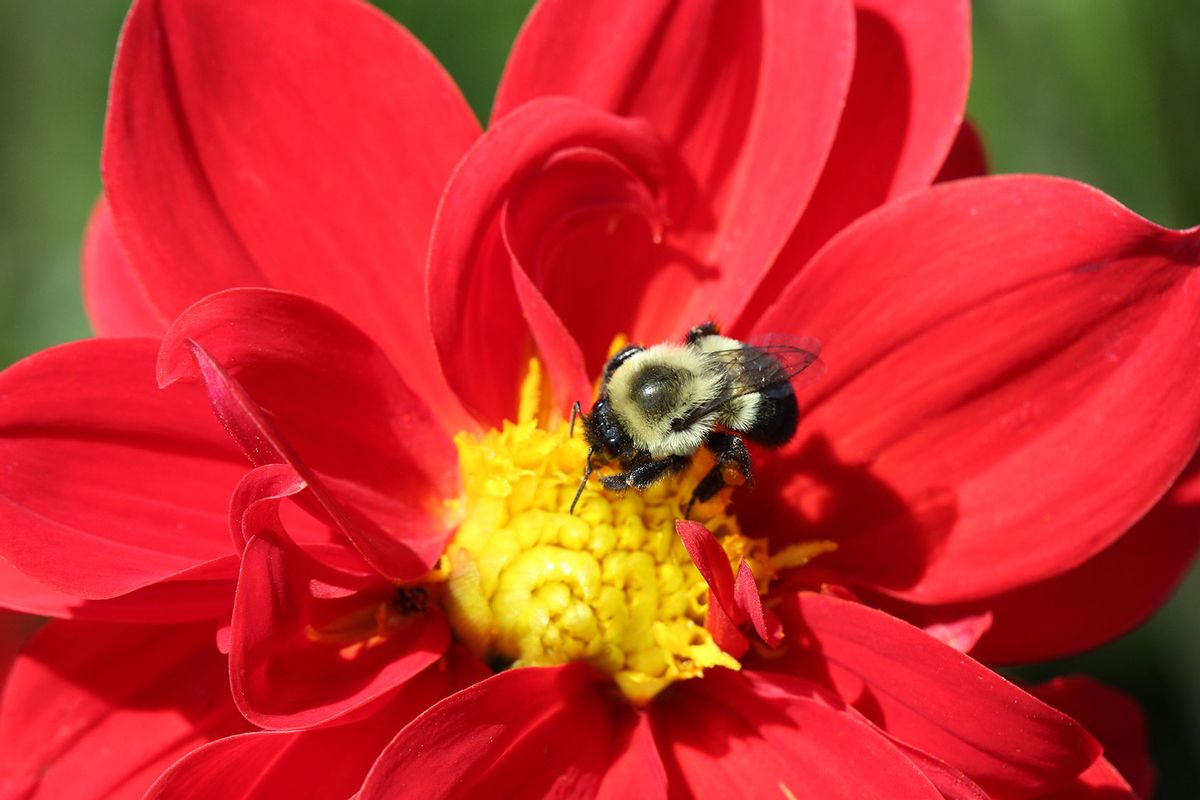Despite being essential to sustaining agriculture and the health of ecosystems, bee populations are rapidly collapsing because of human activity. First, a class of pesticides known as neonicotinoids was definitively linked to this dangerous decline. Now, as revealed in a recent study in the journal Ecology Letters, climate change is another human-caused environmental factor hurting bees.
To learn this, the authors analyzed a long-term dataset of North American bumblebee species as their populations rose and fell in correlation with the community temperature index (CTI), a measure of the balance of warm-and cool-adapted species in a community.
"We document a substantial shift in the functional composition of bumblebee communities that is tied to a long-term increase of summer temperatures in North America," the authors write. While many species are able to track human-caused alterations in the climate, "cold-adapted species appear to lack the adaptive capacity to cope with rapidly climbing temperatures and are being lost from bumblebee communities across the continent."
Further research needs to be conducted to learn about how climate change impacts bumblebee populations on the community level, yet their research finds that the insects' loss "is having a significant, negative impact on many important pollinating insect species with unknown consequences for ecosystems, both natural and agricultural."
“This is one of the first papers to show really substantial shifts in community composition in bumblebees due to climate, but also in insects more broadly,” co-author Jeremy Hemberger, a postdoctoral researcher at the University of Wisconsin, Madison, told Davis Enterprises. “We're also able to partition the effect we found to being driven by a loss of cold-adapted species, and a rapid rise in warm-adapted species across North America, but alarmingly we see that, above 50° parallel north, even warm-adapted species are declining.”



Shares